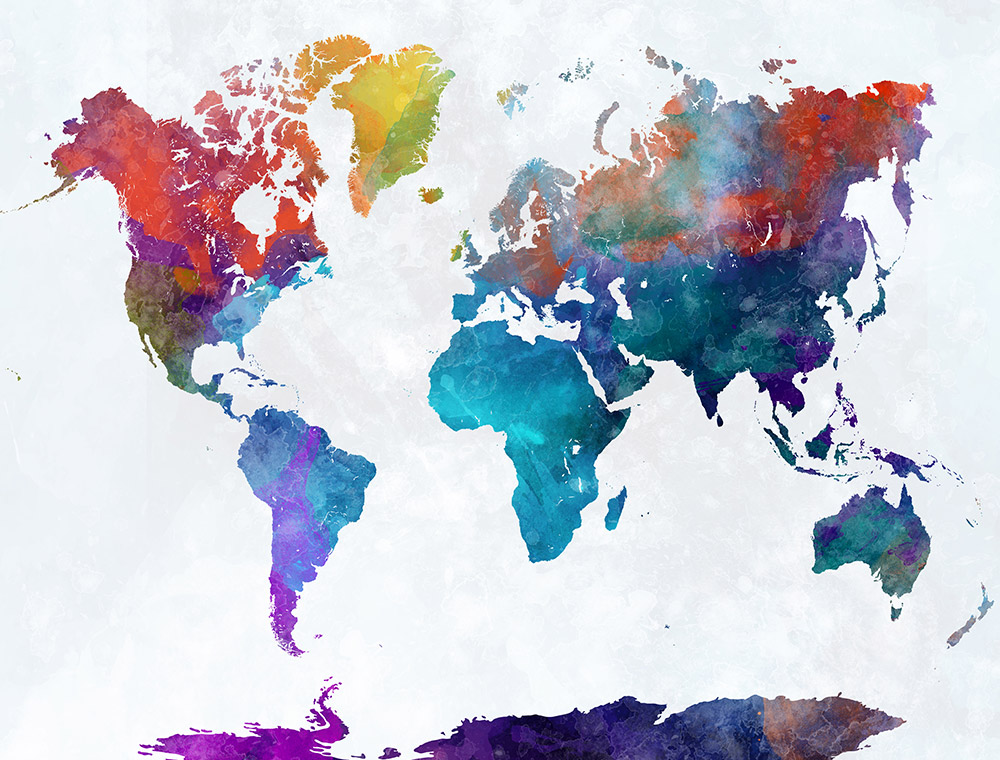Policies Around the World
The countries listed have official government policies protecting people with celiac disease and those who must eat a gluten-free diet.

Argentina
Argentina recently implemented its “National Program for the Detection and Control of Celiac Disease.” The program not only promotes awareness and knowledge regarding celiac disease, it also implemented an impressive array of labelling restrictions and created a national logo for all certified-GF packaged foods. For residents, Argentinian health care providers must cover the cost of alternative flours and gluten-free mixes.
Australia & New Zealand
Australia and New Zealand have the toughest labeling laws in the world; these have been set by the Australia New Zealand Food Standard’s Code and apply to all food sold or prepared for sale, including imported food.
The Australia New Zealand Food Standards Code require the following:
- Foods labeled as “gluten free” must not contain any detectable gluten; and no oats or their products; or cereals containing gluten that have used malt or their products.
- Ingredients derived from gluten containing grains must be declared on the food label, however small the amount.
- Foods labeled as “low gluten” must contain less than 200 parts per million of gluten. Australia does not have a very large range of low gluten foods and be aware low gluten foods are not recommended for a gluten free diet.
Canada
Canada has labeling restrictions on all packaged gluten-free foods. All foods considered certified gluten-free by Health Canada must contain under 20 parts per million of gluten. Any intentionally added gluten-containing ingredient must be listed on a product. In addition, Canadian residents receive tax deductions for the extra cost of gluten free foods versus their non-gluten free counterparts.
Based on the enhanced labeling regulations for allergens and gluten sources, any intentionally added gluten sources, even at low levels (e.g. wheat flour as a component in a seasoning mixture which makes up a small proportion of the final food), must be declared either in the list or ingredients or in a “Contains” statement.
European Union
The European Union has adopted universal labeling laws for gluten free food. If the food contains less than 100 mg/kg, it may be labeled “very low gluten,” while if it contains less than 20 mg/kg it may be labeled “gluten-free.”
Learn more about the European Union’s labeling laws
Changes to food labeling have now been in place since December 2014. They help provide allergen ingredient information in a clearer and more consistent way. For example, any of the 14 allergens that are on the regulatory list are to be emphasized on the label of a pre-packaged food if they are used in ingredients.
Ireland
Irish citizens may claim tax deductions for the extra cost of gluten free foods versus their non-gluten free counterparts. Ireland used to have a program that entitled some celiacs to specific gluten-free foods free of charge. However, the program has been discontinued.
Italy
Routine screening is not performed in Italy. Children and adults are tested for celiac disease when they have specific symptoms. Diagnosed celiacs receive vouchers to buy specifically produced gluten free foods, up to 140 euros per month. The Italian Celiac Association and government have done an excellent job educating restaurants on how to deal with celiac disease. There are even gluten-free meals in schools, hospitals, and all other public eating establishments.
United Kingdom
Over 90% of British celiac patients receive gluten-free food as part of their prescription for the gluten-free diet. Essentially these patients receive gluten free food and mixes at a heavily discounted price (the cost of the prescription).